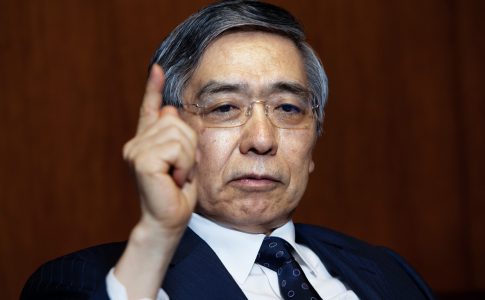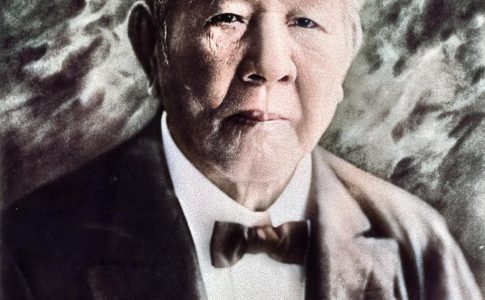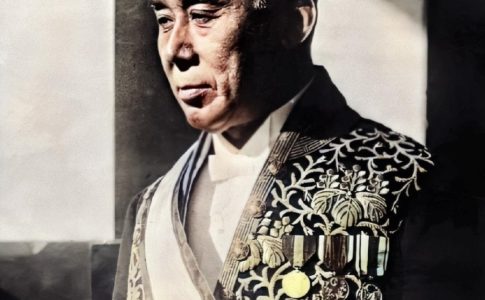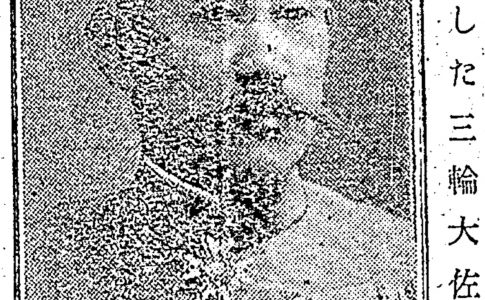The Communist Party of Japan, a political mainstay for over a century, is poised for its first leadership change since 2000, with Tomoko Tamura, the 58-year-old policy chief, set to make history as the party’s first female leader. Amidst dwindling support for opposition coalitions and organizational weakening, this surprising appointment could be a strategic move to revitalize the party’s influence.
Tamura’s rise to prominence was sealed at the 10th Central Committee General Assembly, where she took the helm from Kazuo Shii, the incumbent leader, to propose a draft resolution for the party’s 29th Congress in January 2024. Her powerful closing speech, echoed by the party’s newspaper, ‘Shimbun Akahata,’ marked a significant shift in the party’s messaging.
The resolution, considered the party’s lifeline, has historically been explained by the top leader. By entrusting Tamura with this crucial role, the party signaled a decisive shift in direction, a decision made not by Shii alone but as an institutional move.
Tamura’s journey in the party began at Waseda University, leading to roles such as secretary to House of Representatives member Ikuko Ishii and House of Councillors member Miyo Inoue. Despite multiple election defeats, she was eventually elected to the House of Councillors in 2010 and is now serving her third term.
Tamura gained national attention during the “Cherry Blossom Viewing Party” controversy, confronting then-Prime Minister Shinzo Abe in 2019, leading to widespread social discourse. Her appointment as the first female policy chief in 2020 and her dynamic presence marked a significant departure from the party’s traditionally staid image.
Amidst calls for generational change within the party, the long reign of Kazuo Shii, who has been in leadership for over 20 years, and the influence of elderly figures like Tetsuzo Fuwa, represent a barrier to transformation. Tamura’s potential appointment as chairperson, without prior experience as a secretary-general, would be unprecedented.
However, changing the party’s public face does not guarantee an expansion in influence. Traditional criticisms of “U.S. subservience” and “finance-centric” politics continue, posing challenges for the party’s role in broader opposition cooperation.
The aging party membership, which has halved since 1990, adds to the party’s challenges. The new female leader faces the daunting task of rejuvenating the party, combating its insularity, and positioning it for success in the next House of Representatives election.
Tamura’s journey has begun, and it remains to be seen whether she can emerge as a transformative figure, a ‘Joan of Arc’ for the party, in the face of these challenges.












Leave a Reply